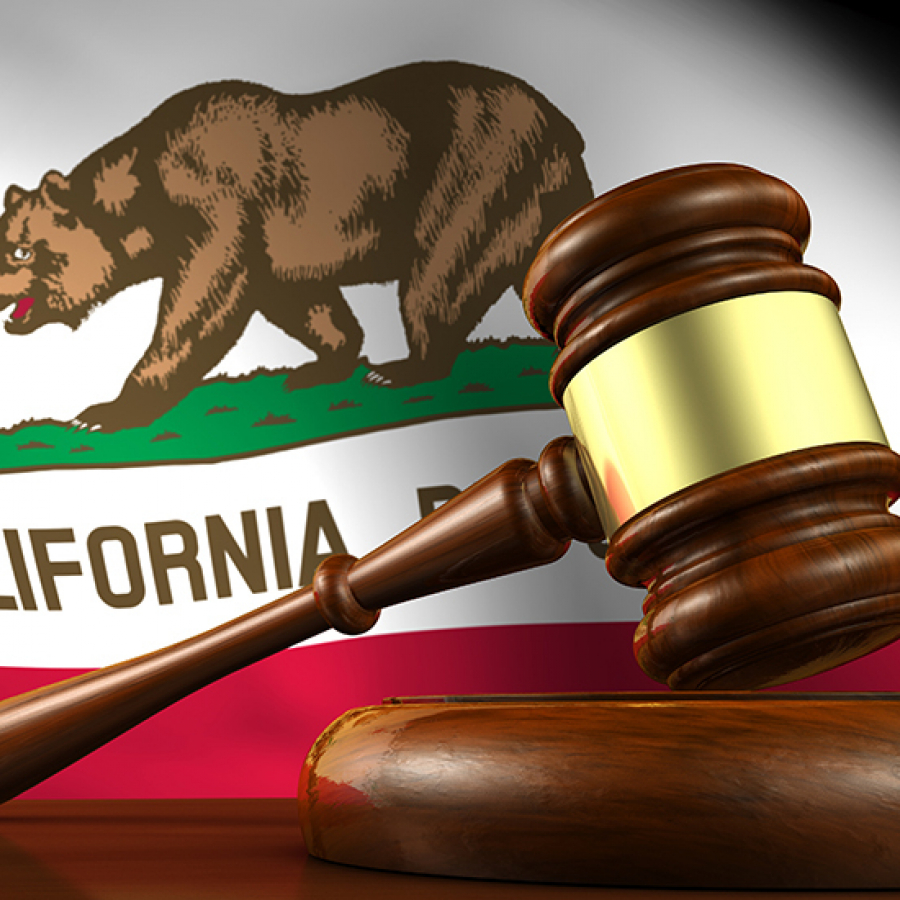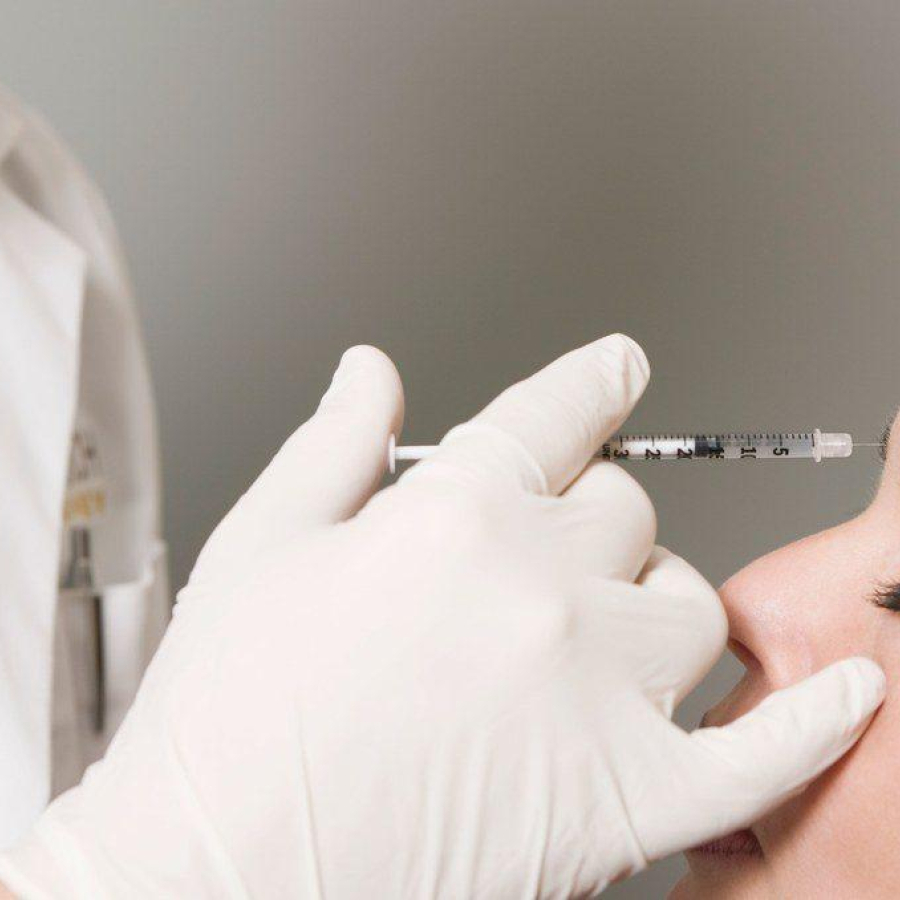
Legal
Second California Law That Affects MSOs Passes
California has now passed two laws that will have an effect on how investors, health care entities and management services ...

Show your committment to patient safety, legal compliance and community over competition.
AmSpa members receive preferred pricing on all AmSpa live and virtual trainings.
Get the latest news and information about safe, legal practice in medical aesthetics directly in your inbox.
Get access to med spa laws, in-person and online training and more!
Posted By Mike Meyer, Friday, March 27, 2020

By Patrick O'Brien, JD, legal coordinator, American Med Spa Association
UPDATE: At 12:28 CT on Friday, March 27, the House passed the CARES Act by voice vote. It is unchanged from the version the Senate passed this last Wednesday. From here, it heads to the president's desk to sign into law. The president has already voiced his approval of the CARES Act, so there is little question of its passage at this point. In the coming days, we will provide more details on the relief measures contained in the act and how they can help your aesthetic practice to weather this storm.
ORIGINAL POST: The Coronavirus Aid, Relief and Economic Security (CARES) Act, which is meant to provide economic relief from the hardships caused by the COVID-19 pandemic, has passed the U.S. Senate and now heads to the House of Representatives. We discussed the original version of the CARES Act in this post; however, the current version is substantially changed and expanded. This bill is moving very quickly through the legislative process and may be passed by the end of this week. As it stands now, the House has indicated that it will try to pass the bill without any changes. Here is a link to the current version of the bill. It is 880 pages long, so we have pulled out some of the key points that will be of interest to medical aesthetic practices.
The CARES Act makes changes to loans made under the Small Business Administration's (SBA) 7(a) program that are issued between February 20, 2020, and June 30, 2020. Loans are made through participating commercial lenders to eligible small businesses with fewer than 500 employees. The process is designed to be easy, with relaxed documentation requirements. Here are the characteristics of loans issued under the Paycheck Protection Loan Program:

Eligible loans made under the Paycheck Protection Loan Program can have a portion of their principle forgiven for paying covered business expenses during the eight weeks following the loan issuance; covered expenses include payroll costs, mortgage and rent payments, and utility payments. The forgiven amount can be up to 100% of these covered costs. However, that total can be reduced based on the percentage of employees you retained before and after this crisis, with a provision to rehire recent employees. For example, if your covered expenses for these eight weeks were $10,000 and you had to lay off half your workforce, then your maximum forgiveness amount would be $5,000. The forgiveness amount also can be reduced by the amount equal to the amount an employee's regular compensation were reduced if it is more than 25%.
Businesses in operation on February 15, 2020, who had an approved or pending SBA program loan will qualify for between six and 12 months of complete payment deferment. Loans under certain SBA loan programs—including the Advantage Pilot and Micro loan programs, but not the new Payroll Protection Loan—are for six months of subsidized payments including principle, interest and fees.
For those applying for an SBA Economic Injury Disaster Loan, you can request an emergency advance up to $10,000 that is paid with three days of submitting your application. These funds do not need to be repaid but would reduce the total loan forgiveness amount if the loan were converted to a 7(a) loan.
Employers who are impacted by the pandemic would get a credit against their required employer tax payments; "impacted," in this context, means that the businesses' gross receipts dropped 50% or more compared with the same quarter last year. They remain eligible for this credit until their quarterly gross receipts return to 80% of the same quarter in the prior year. The credit amount is equal to 50% of the qualified employee wages, up to $10,000 per employee. If the credit exceeds the businesses' tax payment amounts, it is treated as an overpayment and "returned" to the employer. Please note that a business is not eligible to take this credit if it also is applying for the SBA 7(a) loan.
The total amounts of sick leave compensation would be capped under the Families First Coronavirus Response Act. The bill would limit the amount of sick leave the employer would be required to pay to $511 per day (to a total of $5,110) if the employee is sick or subject to a quarantine order (reasons 1, 2 or 3 under the act), or $200 per day (to a total of $2,000) for employees who are caring for someone under quarantine or children displaced from school (reasons 4, 5 or 6).

Related Tags
Medical spa news, blogs and updates sent directly to your inbox.

Legal
California has now passed two laws that will have an effect on how investors, health care entities and management services ...

Legal
A newly passed law in California will prohibit certain contractual provisions between medical and dental practices and private equity groups ...

Legal
By Patrick O'Brien, General Counsel, American Med Spa Association (AmSpa)The September bulletin from the Texas Medical Board (TMB) helps to ...

Legal
By Patrick O’Brien, General Counsel, American Med Spa AssociationOn September 23, 2025, the Alabama Board of Medical Examiners (BME) issued ...